Curiosities and Legends of London
Join our free walking tour to uncover London's hidden treasures, oddities, and rich history, from ancient artifacts to literary inspirations.
Time
3 Hours
Stops
9 Places
Distance
2.3 km
The British Museum
Start your journey with one of the world's most comprehensive collections of art and antiquities, including the famous Rosetta Stone and the Elgin Marbles.
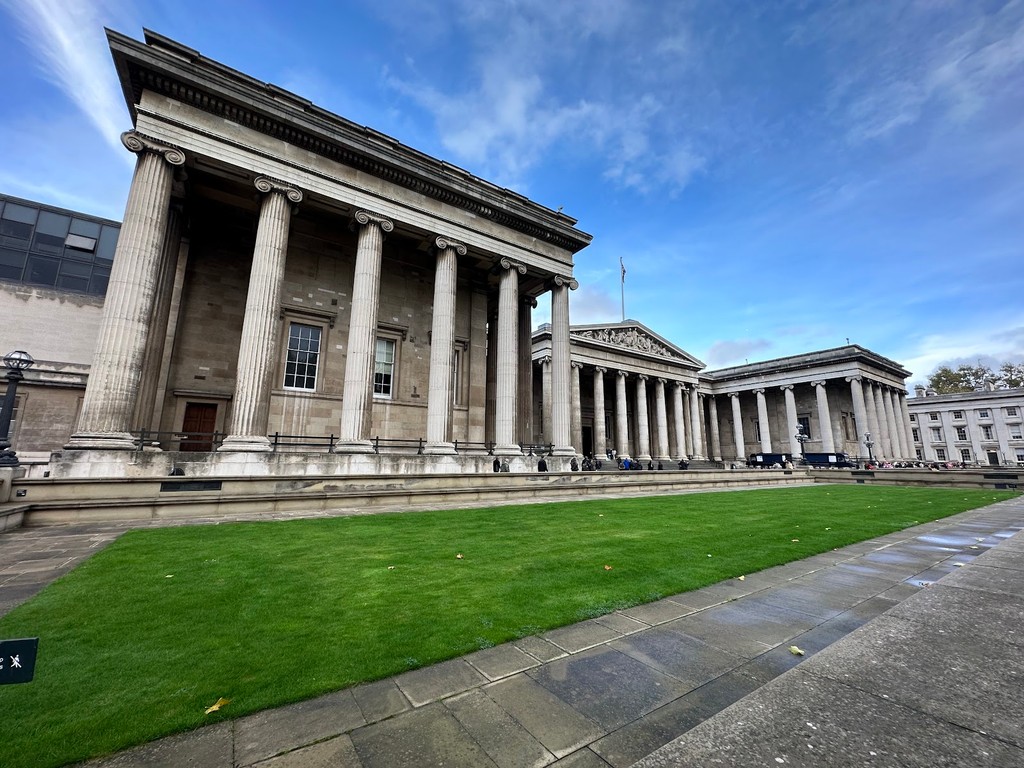
The British Museum (Source: Google Maps)
The British Museum, established in 1753, houses a vast collection of art and antiquities from around the world. It's renowned for its historical artifacts, including the Rosetta Stone, which was key in deciphering Egyptian hieroglyphs, and the Elgin Marbles, classical Greek sculptures that once adorned the Parthenon. The museum's architecture is a blend of the historic and the modern, featuring the stunning Great Court with its glass roof. With over eight million works in its collection, the British Museum offers insights into human history, culture, and art across centuries and continents, making it one of the most important cultural institutions globally.
Sir John Soane's Museum
Explore the eccentric collection of Sir John Soane, an architect whose home is filled with curiosities and artworks, including a sarcophagus.
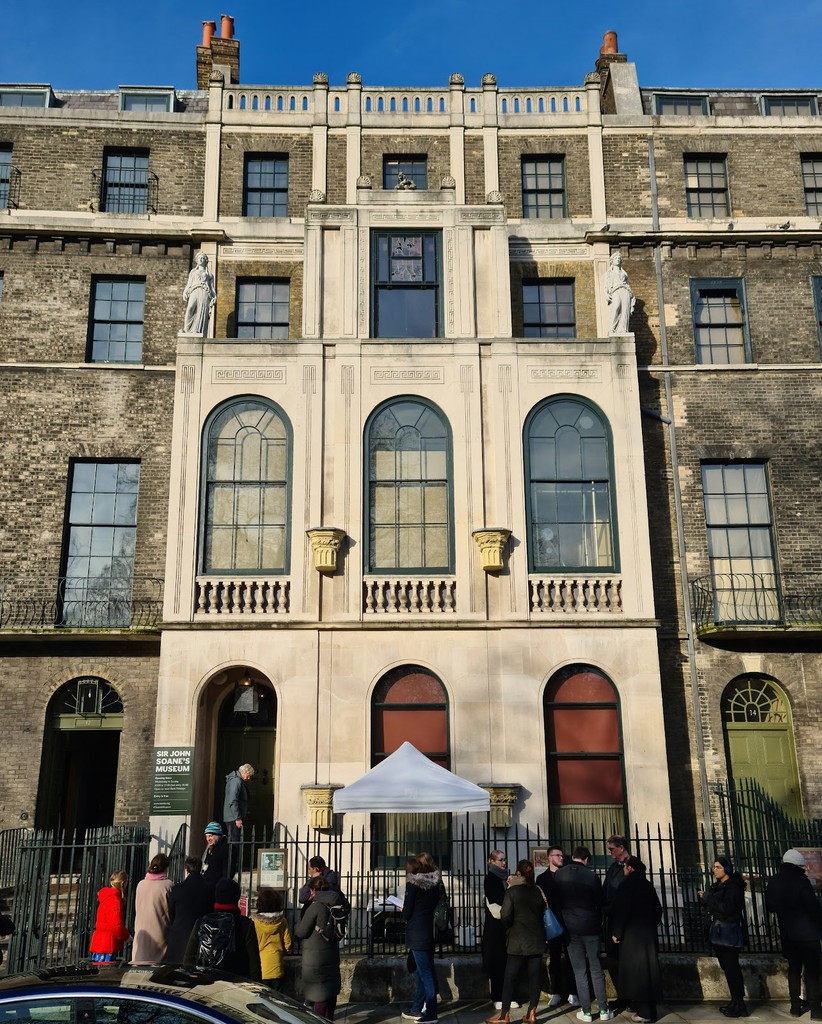
Sir John Soane's Museum (Source: Google Maps)
Sir John Soane's Museum is the former home of the neoclassical architect Sir John Soane, who designed the Bank of England. Opened as a museum in 1833, it showcases Soane's eclectic collection of art, antiquities, and curiosities, including a sarcophagus and notable works by artists such as Turner and Canaletto. The museum itself is a masterpiece of design, with a labyrinthine layout that encourages exploration. Soane's innovative use of light and space is evident throughout, enhancing the experience of viewing his extensive collection. The museum also plays a significant role in preserving Soane's legacy and promoting architectural education.
Lincoln's Inn Fields
Take a brief respite in this serene public square, which is the largest public square in London and steeped in history.
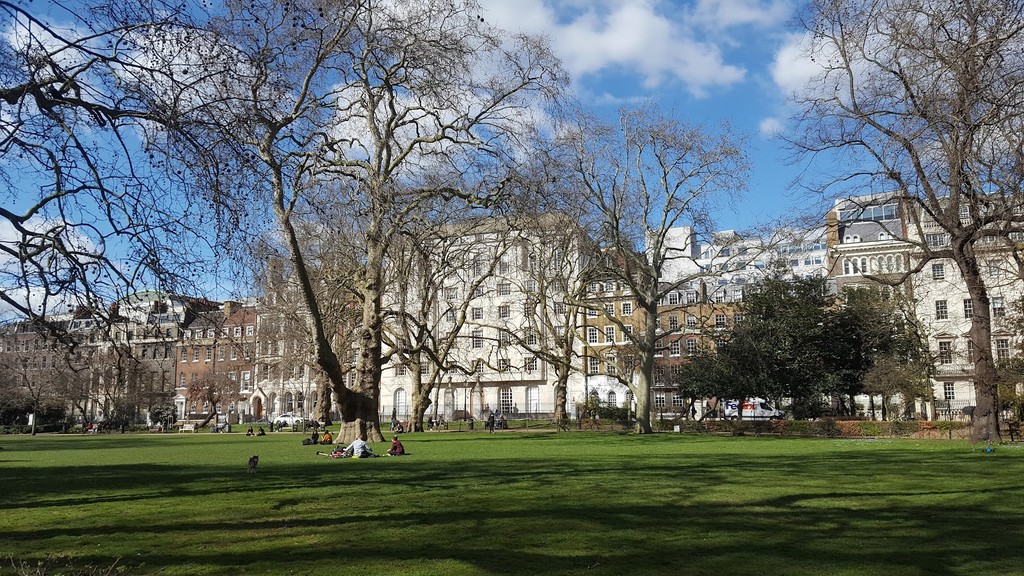
Lincoln's Inn Fields (Source: Google Maps)
Lincoln's Inn Fields is the largest public square in London, surrounded by historic buildings and lush greenery. It has been a significant site since the 12th century, originally serving as a place for public executions. The square is now a tranquil retreat, featuring a variety of architectural styles from different eras, including the impressive Lincoln's Inn, one of the four Inns of Court. It is a popular spot for picnics and relaxation, with notable landmarks like the Royal College of Surgeons nearby. The area has a rich history, having witnessed numerous significant events, making it a culturally important part of London's heritage.
The Hunterian Museum
Dive into the world of medical oddities at the Hunterian Museum, where you can find fascinating anatomical specimens and surgical instruments.
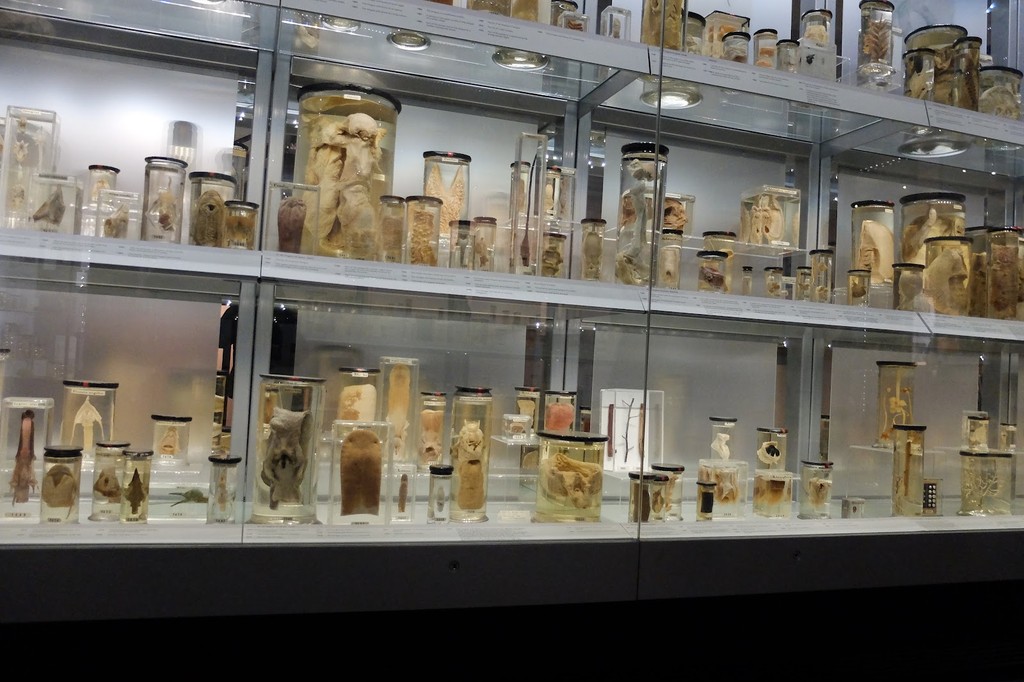
The Hunterian Museum (Source: Google Maps)
The Hunterian Museum is renowned for its fascinating collection of medical curiosities, anatomical specimens, and surgical instruments. Established in the 18th century by John Hunter, a pioneering surgeon, the museum showcases the evolution of medicine and surgery through its eclectic exhibits. Visitors can explore preserved specimens that illustrate the complexities of the human body and various medical conditions. The museum also emphasizes the importance of scientific inquiry and the history of medicine, making it a unique destination for those interested in the oddities of human anatomy and the development of medical practices.
The Old Curiosity Shop
Discover this charming little shop, claimed to be the inspiration for Charles Dickens' novel of the same name, and soak in its literary history.
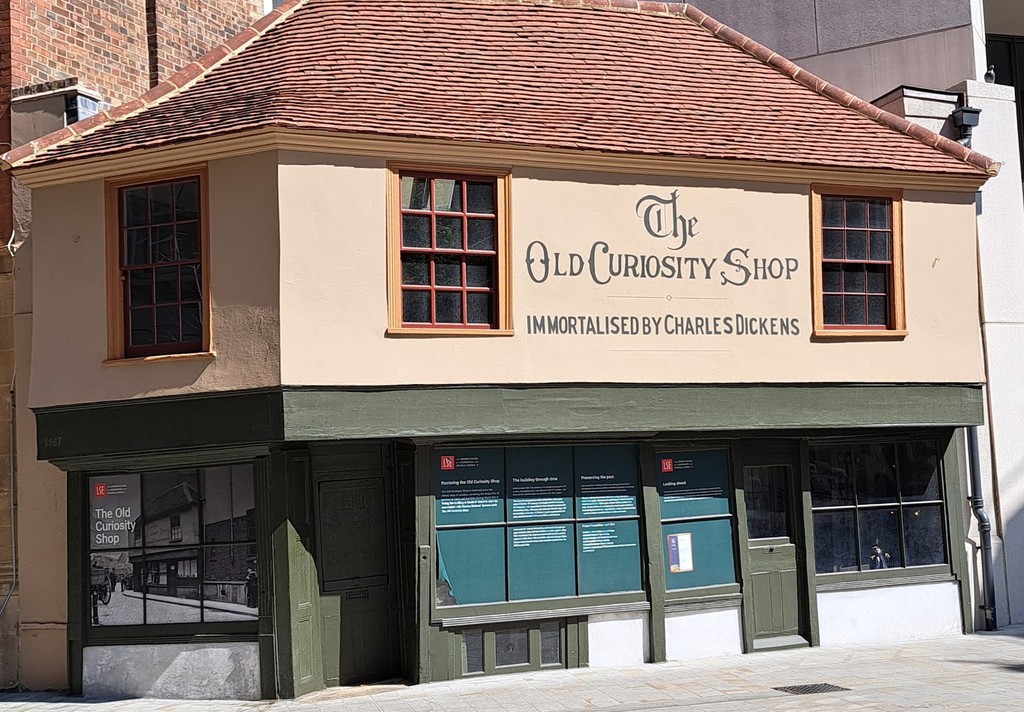
The Old Curiosity Shop (Source: Google Maps)
The Old Curiosity Shop is a charming establishment in London, famously associated with Charles Dickens' novel of the same name. This quaint shop is believed to be one of the oldest surviving retailers in the city, dating back to the 16th century. It offers a delightful array of antiques, curiosities, and literary memorabilia, capturing the essence of Victorian London. The shop's historical significance is amplified by its connection to Dickens, who drew inspiration from its unique character and atmosphere. Visitors can soak in the literary history while exploring its eclectic collection, making it a must-visit for book lovers and history enthusiasts alike.
The Seven Stars
Enjoy a refreshment at The Seven Stars, a historic pub dating back to 1602, known for its charming atmosphere and traditional British fare.
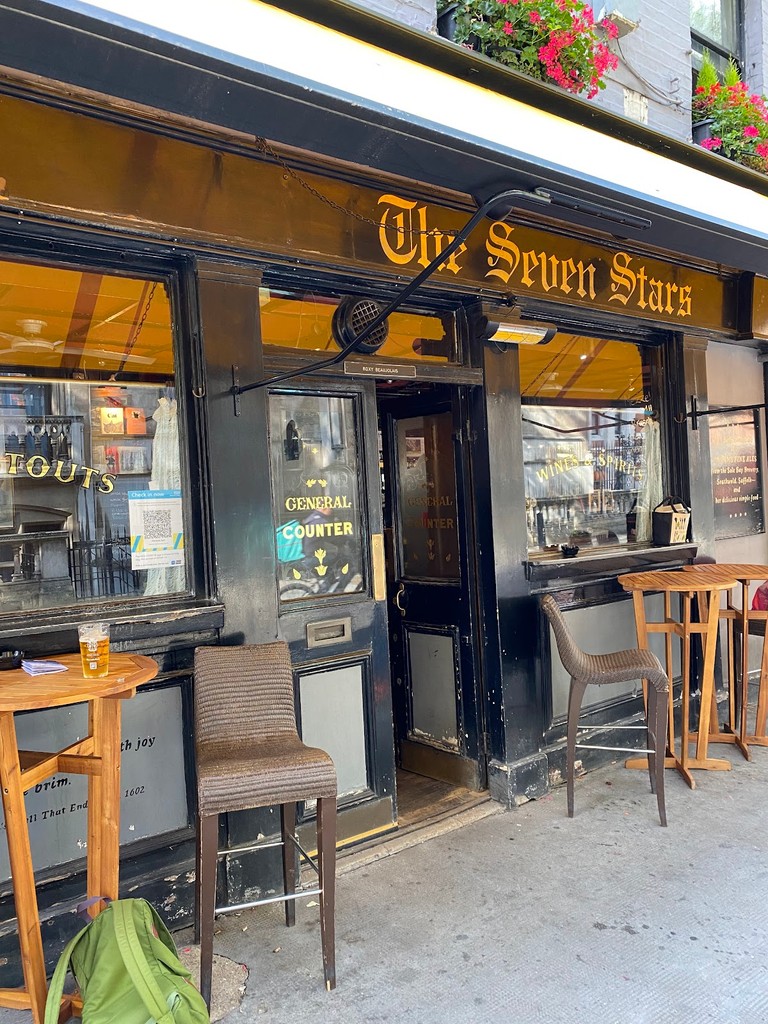
The Seven Stars (Source: Google Maps)
Temple Church
Visit this iconic 12th-century church, famous for its round nave and association with the Knights Templar.
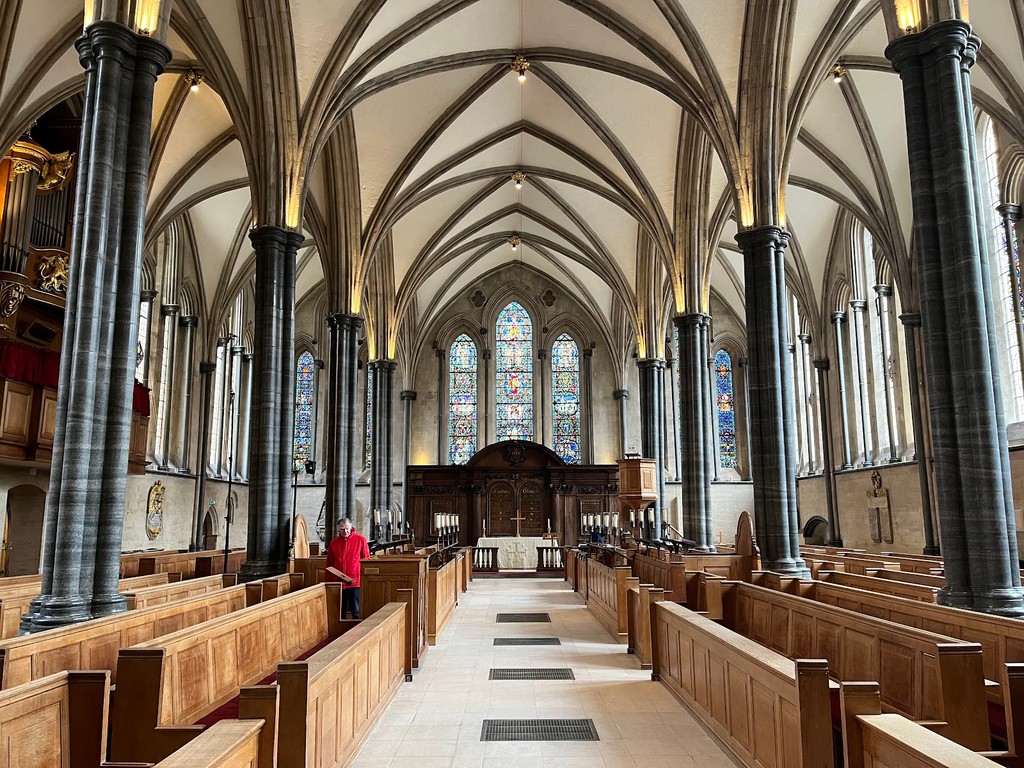
Temple Church (Source: Google Maps)
Temple Church, built in the 12th century, is an iconic landmark known for its round nave and its historical association with the Knights Templar. This stunning church features a blend of Norman and Gothic architectural styles, with intricate stone carvings and beautiful stained glass windows. The church is famous for its effigies of the Knights Templar and its role in the legal profession, as it is located within the Temple area, home to barristers and solicitors. Temple Church has witnessed significant historical events, including royal ceremonies and legal proceedings, making it a vital part of London's ecclesiastical and legal heritage.
Fleet Street
Walk down the historic Fleet Street, once the heart of the British press, and explore its rich journalistic legacy.
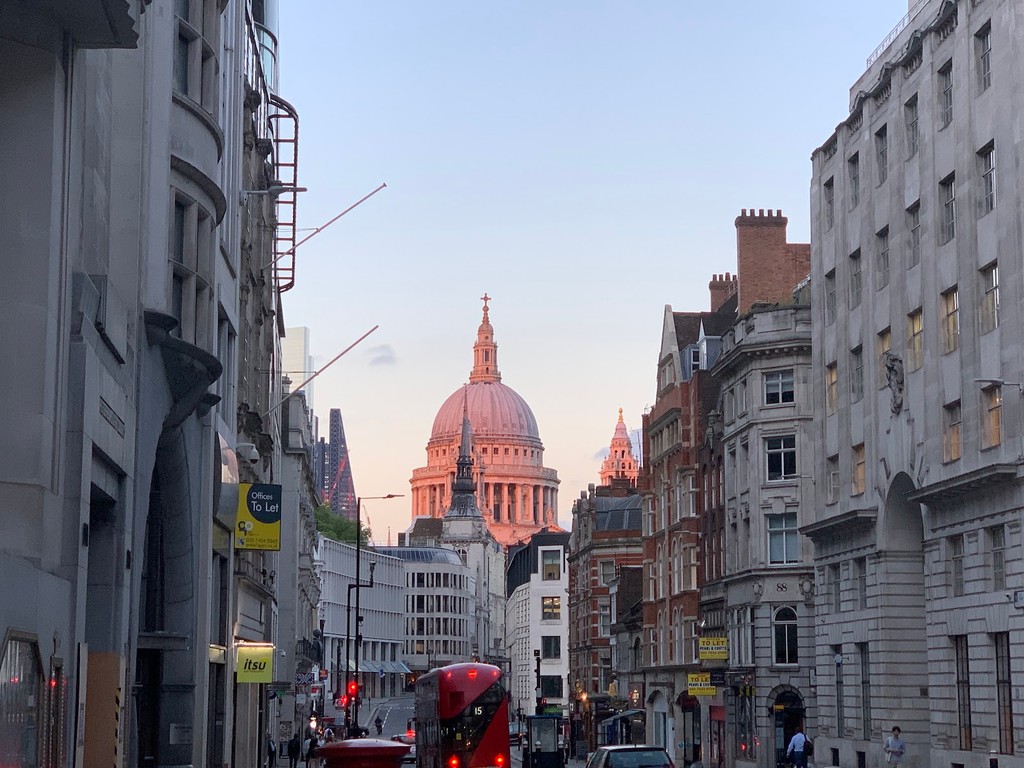
Fleet Street (Source: Google Maps)
Fleet Street has a rich history as the center of the British press for centuries. Once home to numerous newspapers and printing houses, it played a crucial role in the development of journalism in the UK. The street is lined with historic buildings, many of which date back to the 17th century, reflecting the architectural evolution of London. Although the publishing industry has moved on, Fleet Street remains a symbol of journalistic integrity and creativity. Its legacy is celebrated in various literary works and continues to attract visitors interested in the history of media and communication in Britain.
Dr. Johnson's House
Conclude the tour at the former home of Samuel Johnson, the creator of the first comprehensive English dictionary, showcasing his life and works.
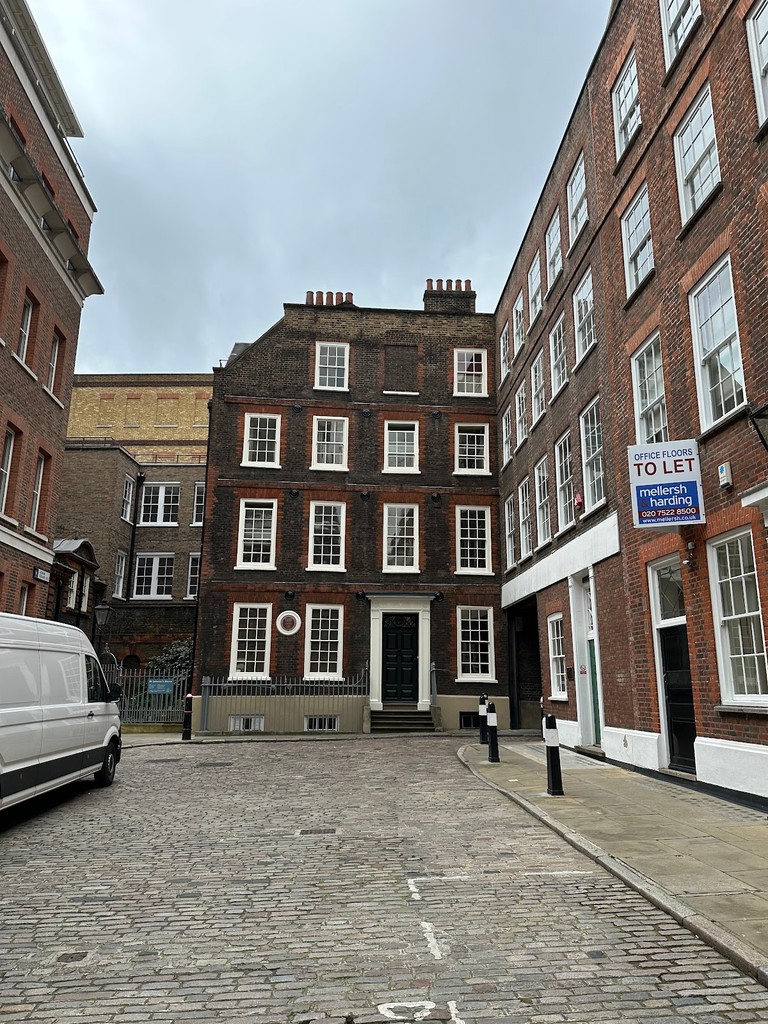
Dr. Johnson's House (Source: Google Maps)
Dr. Johnson's House is the former residence of Samuel Johnson, the influential writer and lexicographer who created the first comprehensive English dictionary. Built in the 18th century, the house is a beautifully preserved example of Georgian architecture. It offers insights into Johnson's life, works, and the literary culture of his time. Visitors can explore the rooms where Johnson entertained famous literary figures and gain a deeper understanding of his contributions to the English language and literature. The house also serves as a museum, showcasing artifacts related to Johnson's life and the era in which he lived, making it a significant site for literary enthusiasts.

Your travels, your rules.
Create your own Free Walking Tours.
Set your preferences, distances and anything you want to do or see.
Completely free, no payment required.